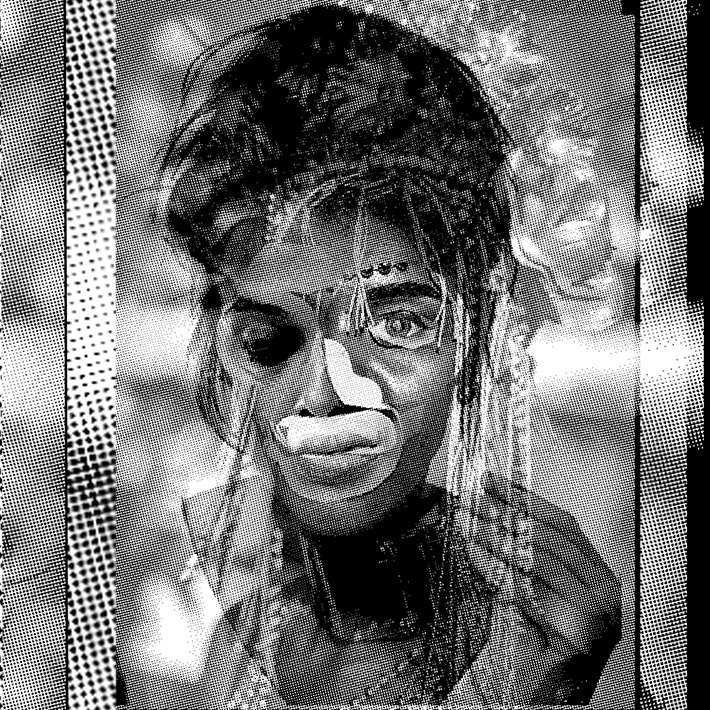Florence P‑NKPA
Biography

Florence POIRIER NKPA (born on December 7, 1972 in Bordeaux) lives and works in Saint Martin since 2006. She studied applied arts as soon as she started high school (where she got her « Baccalauréat F12 » diploma in the Charles de Coulomb Angoulême school), then went on to take two years of preparatory class to enter the Ecole Normale Supérieure of Cachan (ENSET Cachan) in 1993, where she chose the Applied Arts and Visual Arts branch. She was a student of Guy Rachel Grataloup, Claire Brunet, Paul Ardenne, Jean Claude Lebenstein and Richard Conte from 1993 to 1997. She taught Visual Arts in Cameroon as well as in French Guyana where she would also work at the Regional Center for Educational Documentation (CRDP) as a graphic designer and model maker. She illustrated and co-wrote with Gérard Grig the educational book «Touloulou. Devine qui je suis ?» in 2006. She moved in Saint Martin (French West Indies) in 2007 and launched her jewelry-making firm. In 2010, she founded the HeadMade Factory collective and has operated its activity ever since. Since 2013, she has been reflecting on how the self-portrait designed as a representation of oneself could come within the scope of art as an object of otherness.
Works
Approach
Avatars & Others
During my trips, I’ve met people… a lot of them. I’ve since been able to see the OTHER with their differences, but I’m also able to see them because they look like me. And it is through myself, with my own ideas as prejudice, that I’m able to invent myself as much as those that I discover. In the very moment of the meeting, three representations become inextricably linked to reveal the person in front of me. This person exists for what they allow people to see, for what I imagine about them and for what they actually are.
The first representation is shared by the two individuals in the meeting: it’s the appearance or the presence that the individuality wants to embody. The second representation is the one that is built by one for the attention of the other, in order to either seduce them or reject them. Then comes the last representation, the one that is probably hidden by everyone, the one that – because of its truthful nature – isn’t necessarily deemed interesting by the other… The one that no one really wants to show.
My artistic practice consists in linking these three representations together through self-portraits that I design as my own avatars, because I invent myself by imagining the fantasy of the other for their similarities or their differences. I allow people to see the possibility to explore the reasons why I made up this image of the diversity that I encountered. Layers after layers, encounters after encounters, I resemble someone that I am not anymore, that I won’t be able to be anymore and that I will not ever be anymore really. The transformation’s esthetics then become a tool for me to build myself through the image of the other. As if the pieces my figures are made of were fragments of my existence in which it was possible for me to grasp – through metamorphosis – some components of my identity that were then aggregated with other people’s components. I suggest that people come up to me putting facets on top of each other to allow the figure to go back to its physical coherence by adding up traditional patterns that enable the eye to recognize itself through signs of belonging to such and such culture… The culture that I’ve met during my trips.
Just as a DJ would do with songs, I allow myself to mix up the beauty, the ugly, the origins, the identity and stylistic references which, in a turbulence of shapes, colors and graphic signs, distort the human appearance until the matter of my own identity is less and less able to find criteria of recognition: no gender, no age, no color, no expression to cling on to, but just references that genuinely destroy my image and rebuild it virtually as a mirror image of the OTHER.
